Rhapis Palm Variegated
This product is available for shipping only in Bangalore
Rhapis Palm Variegated or Varigated Rhapis Excelsa (Variegated Lady Palm) has beautiful variegation that is apparent only on the leaflets. They have assorted shades of green (light or dark) adjacent to cream, yellow or white stripes. The variegation runs in an axial pattern along the length of the leaflets.
Plant Height: approx 4 ft including the pot
Pot size : 12 inches nursery pot
- Estimated Delivery : Up to 3 business days
- Free Shipping & Returns : On all orders over ₹550 in Bangalore
The Rhapis Palm Variegated (Rhapis excelsa ‘Variegata’) is a unique and visually appealing variety of the standard Lady Palm, featuring distinctive variegated leaves with creamy white or yellow stripes alongside its deep green foliage. This palm is highly valued for its ornamental beauty and its adaptability to indoor environments, making it a favorite among plant enthusiasts and interior designers. Like other Rhapis palms, the variegated variety is slow-growing, easy to care for, and an excellent choice for both home and office spaces.
Care Guide for Rhapis Palm Variegated
1. Light Requirements
- Bright, Indirect Light: Variegated Rhapis palms require bright, indirect light to maintain their distinctive striped foliage. While they can tolerate lower light conditions, the variegation may fade if not given enough light. For optimal growth and variegation retention, place the plant in a bright room away from direct sunlight.
- Avoid Direct Sunlight: Direct sunlight can scorch the delicate variegated leaves, especially the lighter parts, leading to brown tips and loss of color.
2. Watering
- Moderate Watering: Keep the soil consistently moist but not soggy. Water the plant when the top inch of soil feels dry. Overwatering can lead to root rot, while underwatering can cause the leaves to dry out and develop brown tips.
- Humidity: Rhapis palms enjoy moderate humidity levels. Misting the plant or placing it near a humidifier can help maintain adequate moisture, especially in dry environments or during winter when indoor heating is used.
3. Soil
- Well-Draining Potting Mix: Use a well-draining potting mix that retains moisture but doesn’t become waterlogged. A mix of peat moss, perlite, and regular potting soil works well. Ensure the pot has drainage holes to allow excess water to escape.
- Slightly Acidic to Neutral pH: The ideal pH for Rhapis palms is slightly acidic to neutral, with a pH range of 6.0 to 7.0.
4. Temperature and Humidity
- Ideal Temperature Range: Rhapis palms thrive in temperatures between 60-80°F (15-27°C). They are not frost-tolerant, so avoid exposing them to temperatures below 50°F (10°C). Cold drafts or sudden temperature changes can damage the plant.
- Humidity: Moderate to high humidity is ideal for Rhapis palms. Regular misting or using a humidity tray can help maintain the necessary moisture levels, particularly in dry environments.
5. Fertilizing
- Balanced Fertilizer During Growing Season: Feed the plant with a balanced, water-soluble fertilizer (such as 10-10-10) once every 4-6 weeks during the growing season (spring and summer). Avoid over-fertilizing, as it can lead to leaf burn.
- Reduce Fertilizer in Winter: In fall and winter, reduce feeding, as the plant’s growth slows during this period.
6. Pruning and Maintenance
- Remove Yellow or Brown Leaves: Regularly trim away any yellowing or brown leaves to keep the plant looking healthy and attractive. Use clean, sharp scissors or pruning shears to make clean cuts.
- Dusting the Leaves: Gently wipe the variegated leaves with a damp cloth to remove dust, allowing the plant to breathe and photosynthesize efficiently.
7. Repotting
- Repot Every 2-3 Years: Rhapis palms grow slowly and don’t need frequent repotting. Repot every 2-3 years or when the plant becomes root-bound. Use a slightly larger pot with good drainage.
- Use Well-Draining Soil: When repotting, choose a well-draining soil mix and ensure that the new pot has drainage holes to prevent waterlogging.
8. Pests and Diseases
- Pest-Resistant: Rhapis palms are generally resistant to pests, but they can occasionally be affected by spider mites, scale, or mealybugs. Regularly inspect the plant for any signs of pests and treat infestations with insecticidal soap or neem oil.
- Root Rot: Overwatering can cause root rot, especially in poorly draining soil. Ensure the plant’s soil is well-draining and avoid letting the roots sit in standing water.
9. Propagation
- Division: Rhapis palms are usually propagated by division. During repotting, carefully divide the plant by separating clumps of stems and roots. Make sure each division has a healthy root system before replanting.
- Slow Growth: Keep in mind that Rhapis palms are slow-growing plants, so new divisions will take time to establish.
10. Toxicity
- Non-Toxic: Rhapis palms are non-toxic to pets and humans, making them a safe option for households with children or animals.
Conclusion
The Rhapis Palm Variegated is a striking and low-maintenance plant that adds a touch of tropical elegance to indoor and outdoor spaces. Its beautiful variegated foliage can brighten up any room, and with proper care, this plant will thrive for many years. Providing the right balance of light, moisture, and humidity will keep the Rhapis Palm ‘Variegated’ healthy and vibrant, making it an excellent choice for both novice and experienced gardeners.
** Plants photos are for representation purpose only. We will make best efforts to send the plants as in photos itself. There may be small white dots on the plant, as these plants cared in nursery using the hard water and pesticide spray. However these will eventually disappear as you take care and clean the leaves. Trust us, we want to give you the best


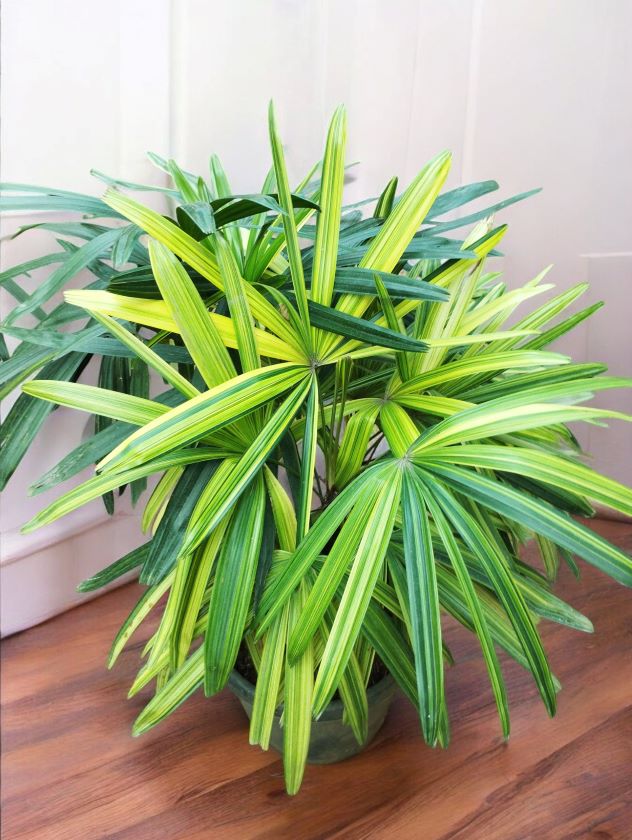

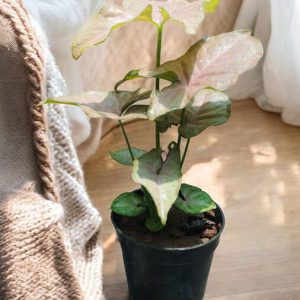
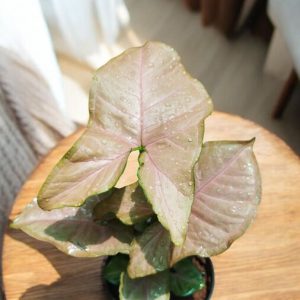
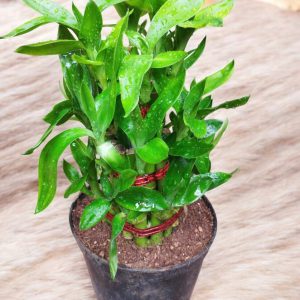

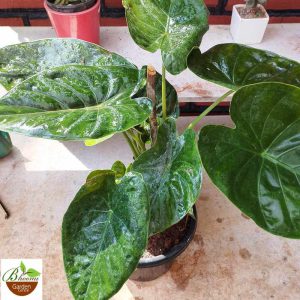
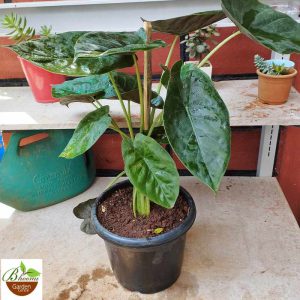
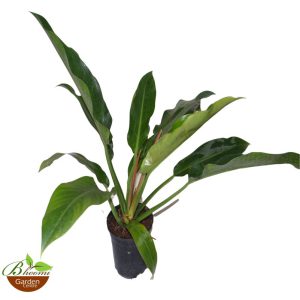
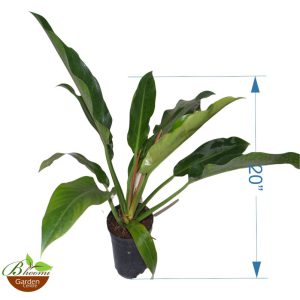
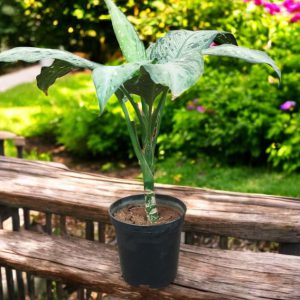
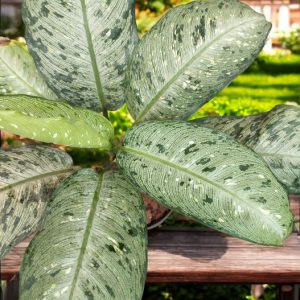
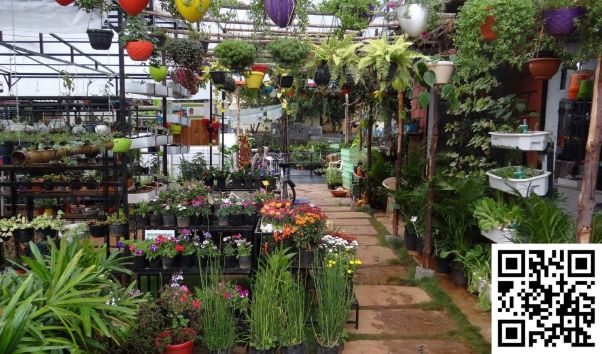

Reviews
There are no reviews yet.